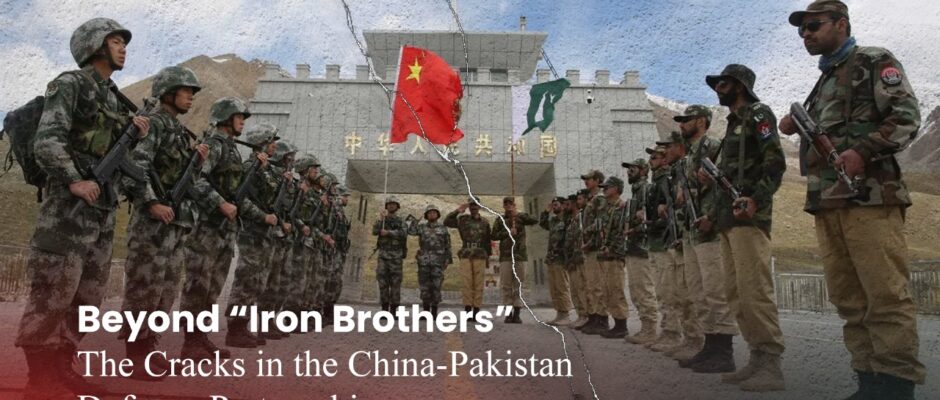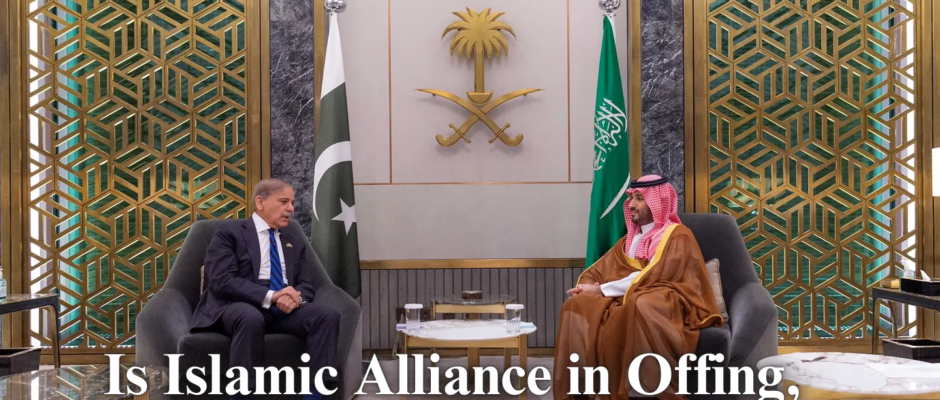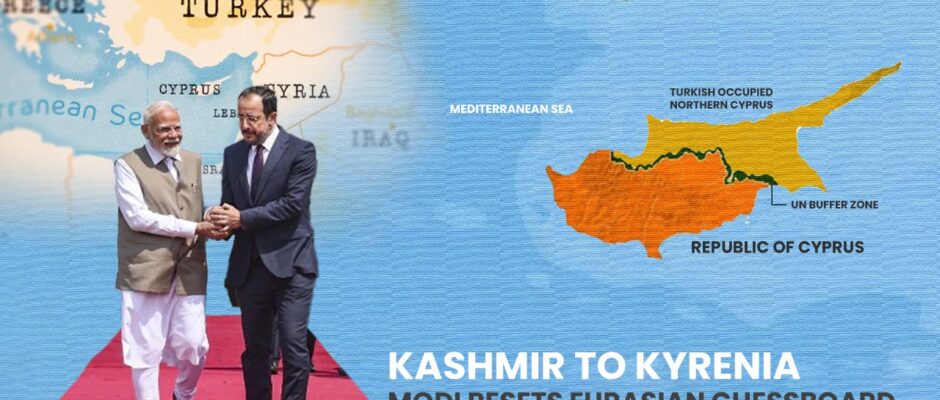
Beyond “Iron Brothers”: The Cracks in the China-Pakistan Defence Partnership
N. C. Bipindra Pakistan’s engagement with both Washington and Beijing raises concerns about its relationship with China. Despite claims of trust and shared interests, Pakistan’s foreign policy history reveals a consistent pattern of duplicity. This poses risks for China, affecting its security and technological dominance. Let us analyse Pakistan’s dual alignments, urging caution from Beijing regarding military technology transfers to Islamabad. Pakistan’s foreign policy traits, transactionalism, opportunism, and dependence on external allies, suggest a potential shift in technology flow from the U.S. to China in a new geopolitical landscape. Historical Patterns of Technology Transfers Pakistan has long capitalised on its geostrategic location to obtain military and economic concessions from major powers. During the Cold War, it accommodated CIA operations against the Soviets in Afghanistan and received sophisticated U.S. armaments; however, not all of it remained in Pakistani possession. Two instances are particularly noteworthy. In the 1990s, U.S. intelligence asserted that Pakistan transferred American-supplied Stinger missiles to China, a claim that Islamabad refuted. After the 2011 Abbottabad raid, The New York Times disclosed that Chinese engineers were permitted to examine the remnants of a downed U.S. stealth-modified Black Hawk helicopter. Although definitive evidence was lacking, U.S. officials referenced intercepted communications to substantiate the allegation. These occurrences, notwithstanding Pakistani refutations, solidified perceptions of duplicity. For Beijing, the implication is unequivocal: if Pakistan was unable to protect U.S. technologies, it cannot be entirely relied upon to safeguard Chinese ones. Pakistan’s Contemporary Balancing Act Today, Pakistan faces a transformed strategic environment. Following Operation Bunyaan-un-Marsoos and subsequent outreach efforts, Islamabad has sought to re-engage Washington, particularly to secure tariff concessions and financial relief amid severe economic strain. Simultaneously, it remains dependent on Beijing for military hardware, ranging from advanced weapons and sensors to drones. The private lunch hosted for Asim Munir at the White House on June 18, 2025, is not merely a ceremonial bonhomie. It is a fact that such courtesies are rarely extended without an eye on strategic dividends. It appears that, in an era where China has surged ahead of the U.S. in technologies like AI, 5G, and advanced manufacturing, Washington views Pakistan not merely as an old battlefield ally but as a potential conduit for intelligence, leverage, and Chinese tech transfer. Perhaps, for Washington, cultivating ties with Pakistan’s generals is about far more than courtesy. It offers a discreet channel for access, legitimacy, and potentially even Chinese technology. However, this balancing act carries profound risks for China. Sensitive Chinese systems, long assumed to be secure within the framework of an “all-weather” partnership, may become vulnerable to American scrutiny as Pakistan attempts to cultivate favor in Washington. What was once an unshakable partnership is beginning to look increasingly fragile, as Pakistan’s loyalties are often dictated not by long-term commitments but by immediate strategic and financial incentives. As former CIA officer Bruce Riedel has long observed, “Pakistani generals can be bought any time,” a reminder of how transactional and compromised the country’s military elite remain. Compounding this vulnerability is the conduct of Pakistan’s civil–military elite. Many former army chiefs, including Pervez Musharraf, Ashfaq Parvez Kayani, and Qamar Javed Bajwa, have relocated abroad or maintained significant overseas assets after retirement. Such behavior underscores an entrenched pattern of ethical and moral corruption: leaders prioritise personal enrichment and external safe havens over national development, leaving the public to suffer under chronic instability and economic decline. Case of the J-35 Stealth Fighter Pakistan’s reported withdrawal from a planned deal for 40 J-35 stealth fighters highlights these dynamics. Once poised to be the jet’s first foreign buyer, Islamabad later dismissed the reports, despite earlier claims of pilot training in China. Battlefield lessons from Operation Sindoor — where Chinese systems underperformed against India’s BrahMos and S-400 — fueled doubts about the untested J-35. Economic pressures, including IMF austerity and a stretched defence budget, further undermined the $5 billion deal. For Beijing, Pakistan’s reversal exposed the fragility of trust: a flagship transfer was abandoned in favor of renewed U.S. outreach, underscoring China’s vulnerability to Islamabad’s hedging. Hypersonic Missiles: China Draws a Line Another case highlighting Beijing’s caution is its reported rejection of Pakistan’s request for hypersonic missiles and related technology. Media reports suggest China refused both sales and tech transfers, fearing Islamabad’s growing outreach to the U.S. could expose sensitive systems. Unlike fighter jets or conventional missiles, hypersonic platforms like the DF-17 are central to China’s strategic deterrence and lack downgraded export versions, reflecting their sensitivity and immaturity. The denial underscores a key reality: even in an “all-weather” partnership, Beijing does not fully trust Pakistan with its most advanced technologies. Strategic Implications for China The implications of this dynamic for China are far-reaching. First, Pakistan represents both an asset and a liability for Beijing. It provides strategic depth in South Asia, a reliable arms market, and political support in international forums. Yet these benefits come at the cost of significant vulnerability: advanced Chinese systems risk exposure through Pakistani networks, intentionally or inadvertently, to Western intelligence. Second, the problem is structural rather than episodic. Pakistan’s foreign policy has long been characterised by transactionalism, with loyalty subordinated to immediate material gains. As Islamabad draws closer to Washington, Beijing must anticipate that Pakistan’s defence partnership could once again become a conduit for technological leakage, this time at China’s expense. Third, the nature of emerging technologies magnifies the risk. Whereas conventional hardware could be downgraded for export, dual-use and software-driven systems cannot be so easily restricted. For Beijing, the possibility of losing control over AI, cyber, or hypersonic technologies through Pakistan would represent a strategic disaster, undermining years of investment and eroding its position vis-à-vis the United States. In this sense, Pakistan’s growing closeness with Washington is about far more than counterterrorism cooperation or financial bailouts. It is “more than what meets the eye”: for the West, Pakistan provides a potential backdoor to scrutinize and even reverse-engineer Chinese technologies in domains like AI, quantum, and stealth areas where Beijing has made significant advances over the United States. Washington now views Beijing not merely as a rising





